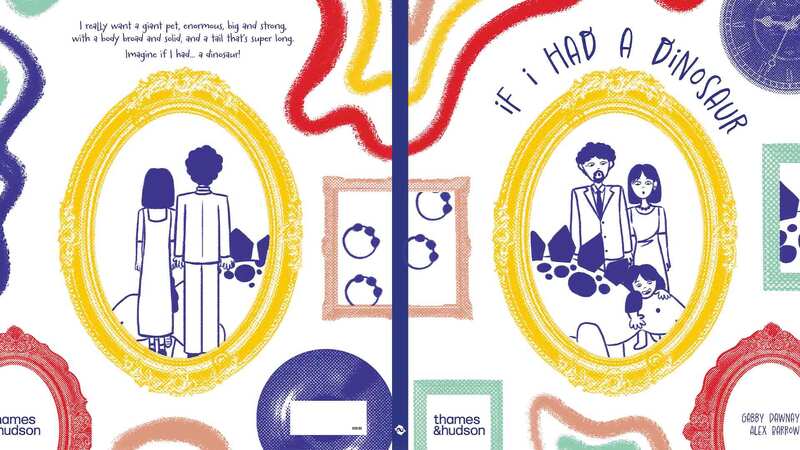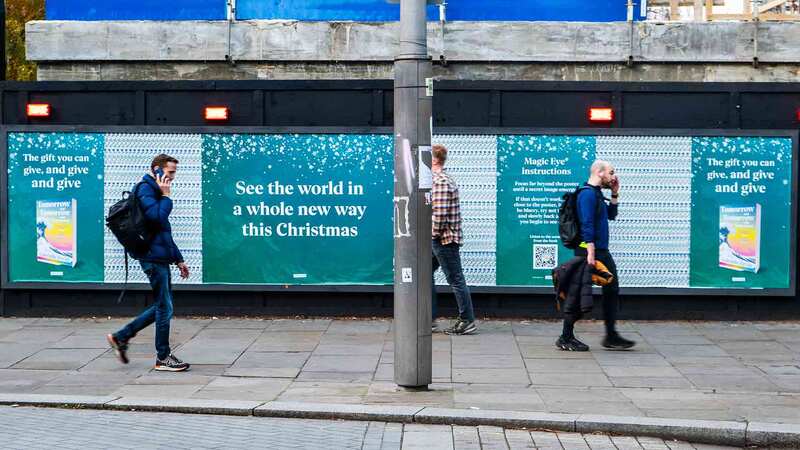You are viewing your 1 free article this month. Login to read more articles.
Just 0.7% of GCSE English Lit students study writers of colour, PRH research shows
Research commissioned by Penguin Random House has revealed only 0.7% of English Literature GCSE students in England study a book by a writer of colour while only 7% study a book by a woman.
The Lit in Colour: Diversity in Literature in English Schools report, released on 29th June with a foreword by Bernardine Evaristo (pictured), showed extreme underrepresentation of Black, Asian and minority ethnic authors in the teaching of English Literature. The 35-page report forms part of the Lit in Colour campaign launched last year by PRH and the Runnymede Trust, with additional supporters including exam boards Pearson Edexcel and OCR as well as Oxford University Press, the Black Writers Guild and the National Literacy Trust.
Its study, conducted by a team at Oxford University’s Department of Education, explores the current state of play in English Literature education in England for Key Stages 2 to 5, including barriers and possible solutions. Around 1,000 individuals participated in the research gathered from exam boards plus interviews and surveys with teachers and librarians.
Around 82% of young people reported they did not recall ever studying a book by a Black, Asian or minority ethnic author. Analysis revealed only 0.7% of students in England answer a question on a book by a writer of colour at GCSE. This compares to 34.4% of school-age students in England who identify as Black, Asian or from a minority ethnicity. “While there are some books by authors of colour offered by exam boards, for the most part they are not yet studied in classrooms or considered in examinations,” PRH said.
“Our research has found that there is systematic underrepresentation of Black, Asian and minority ethnic writers in the school curriculum, relative to both to their place in contemporary British literary excellence and compared to the demographics of the school population,” the report reads. “Some children will never study a text by a writer of colour, apart from a handful of poems as part of their GCSE English literature classes.”
The lack of female authors studied was also apparent, though it was not part of the original investigation. “At most, 7% of students in England answer a question on a book by a woman at GCSE. The initial scope of the research did not include looking at gender, but intersectional analysis of the data uncovered a significant underrepresentation in the curriculum for books by a woman. Indeed, just 0.1% answered questions on Anita and Me (HarperCollins), the only novel by a woman of colour.”
The research explored barriers facing teachers in introducing new texts. These include a lack of time, budget and teaching resources, and little to no training on how to talk about race in the classroom — with only 12% of secondary and 13% of primary survey respondents having received teacher training in this area — for approaching racist language in books. “It is clear there is a significant lack of representation among the English Literature teaching community, and that teachers struggle to find a diverse range of titles for all age groups,” PRH said.
Booker Prize-winning author Evaristo wrote in the report’s foreword: “It’s shocking that we are still having to advocate for the issue of widening the curriculum in 2021. I finished my school education over 40 years ago and encountered the same limitations.”
Siena Parker, social impact director at Penguin Random House, told The Bookseller this research was the first time anyone has analysed what is being studied in this way. She had felt there had not been enough discussion of the scope of the English syllabus compared to History. “We had been interested in this idea of what is taught in schools and how it affects reading for pleasure reads since end of 2019 and mulling it over. With the conversation on inclusivity last summer following the death of George Floyd and the discussion on history, that sped things up for us and made us think: could this be a meaningful long-term legacy that we leave around the wider conversation on race equality?”
She added: “We were surprised by the findings. We had an inkling it would show an underrepresentation but we were pretty blown away about how bad it was."
The investigation made various recommendations for change. The report’s researchers suggested teachers audit which texts are used and for school leaders to invest in staff training around anti-racism and discussing race in the classroom. They also call for teacher training providers to “strengthen the pipeline of Black, Asian and minority ethnic teachers of English Literature". Researchers also urged the government to collect and publish data on ethnicity of teachers training by subject.
PRH is taking various steps and is calling on other publishers to join the campaign, including a donation of 60,000 books by writers of colour to schools across the UK this autumn, 15,000 of which will be copies of Sathnam Sanghera’s Empireland (Viking).
The publisher has also created free teaching resources including “publisher-agnostic” recommended book lists and interactive resources featuring videos of authors discussing their texts.
It will work with Pearson Edexcel in supporting 93 schools to introduce texts by writers of colour to their GCSE or A Level teaching from September, help OCR to add more representative-set texts from 2022 and support OUP in its work with primary school teachers.
This is accompanied by its efforts in diversity and inclusion as an employer and publisher, detailed in a report last month.
“Books create belonging,” Tom Weldon, c.e.o. of Penguin Random House UK, said on the report’s findings. “They help us see each other and understand one another. Yet our research has revealed that barely any young people have the chance to study books which reflect the rich diversity of the society we live in.
“Changing this is a complex and multi-layered challenge, requiring collaborative action from many different groups across the education sector - from teachers, to publishers, to examining bodies. We hope this is where Lit in Colour can play a key part: by bringing together the expertise, resources and platforms of partners to tackle these issues together.”
Evaristo said of the report: "Literature is a curator of our imaginations, and schools are the caretakers of our young people’s education. They are currently being denied access to the glorious, outstanding and often ground-breaking narratives coming out of Britain's Black and Asian communities.”
To visit the report, visit Lit in Colour.



















